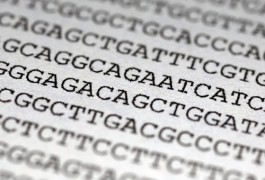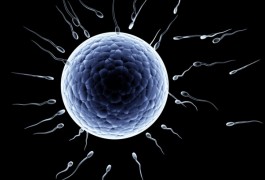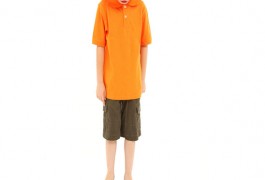Down by law
A new study finds that Dutch children picked up by the police for minor offenses score higher than controls on a questionnaire measuring traits of autism.
From funding decisions to scientific fraud, a wide range of societal factors shape autism research.

A new study finds that Dutch children picked up by the police for minor offenses score higher than controls on a questionnaire measuring traits of autism.

Boys who have autism-like social deficits at 2 years of age retain about the same level of social impairment when they reach age 20.

Half of behavioral neuroscience studies published in top-tier journals make a crucial statistical error.

An adventure story about a boy with autism is making an appearance in a popular comic book.

Researchers have developed standard genetic reference samples that clinicians can use to diagnose Angelman and Prader-Willi syndromes, two disorders associated with the same chromosomal region.

The offspring of older male mice are 16 times more likely to harbor a spontaneous copy number variation — a deletion or duplication of genetic material — than are the offspring of young males, according to a new study.

Contrary to popular assumption, people diagnosed with so-called mild forms of autism don’t fare any better in life than those with severe forms of the disorder. That’s the conclusion of a new study that suggests that even individuals with normal intelligence and language abilities struggle to fit into society because of their social and communication problems.

Individuals with a duplication of a chromosomal region associated with autism and intellectual disability are at higher risk for low birth weight, restricted eating leading to extreme thinness, and smaller-than-average head size.

Researchers can use the Manchester Inventory for Playground Observation, a questionnaire that rates children’s interactions with their peers, to reliably measure social skills in children with autism.

Girls who score high on a test that assesses symptoms of eating disorders have many features of autism.